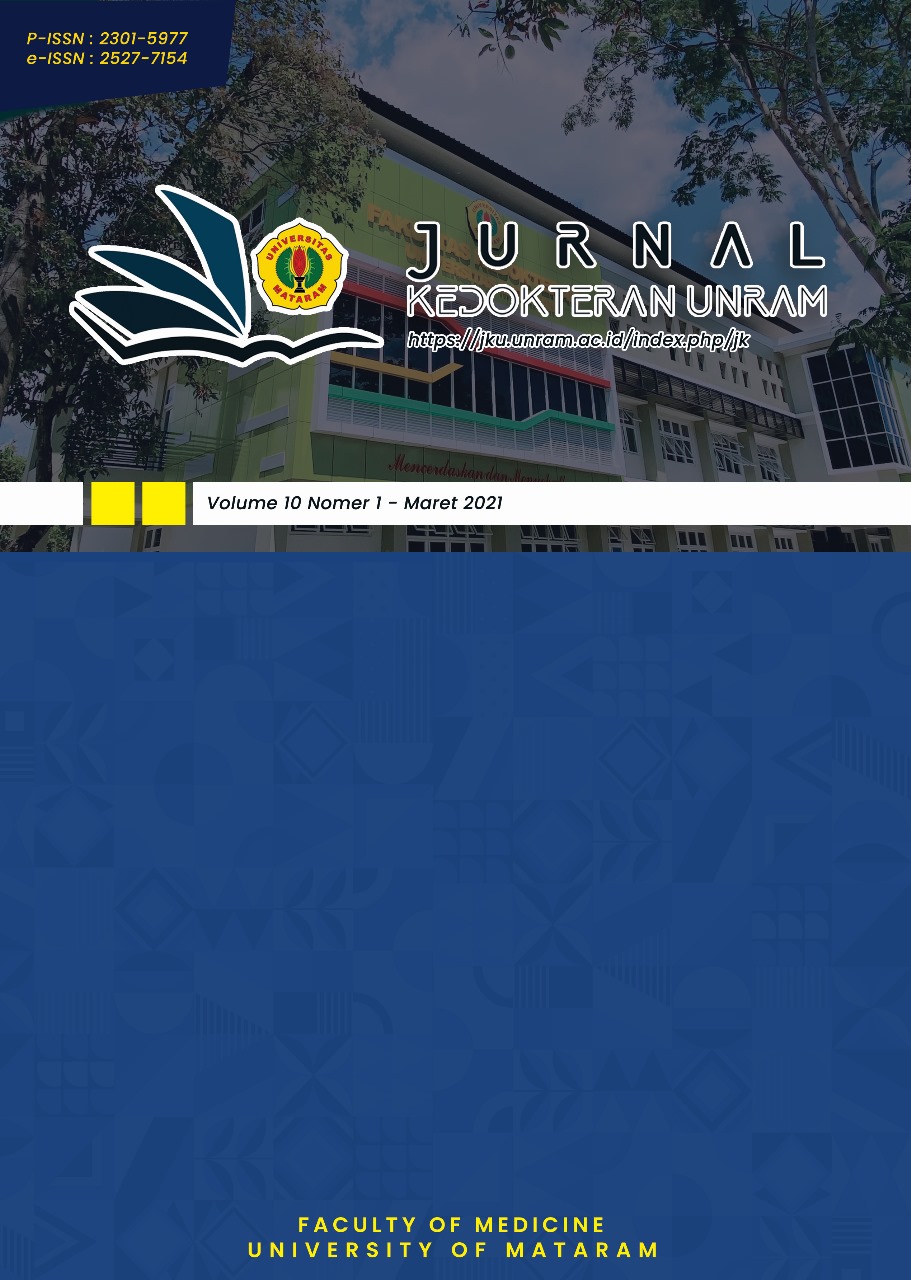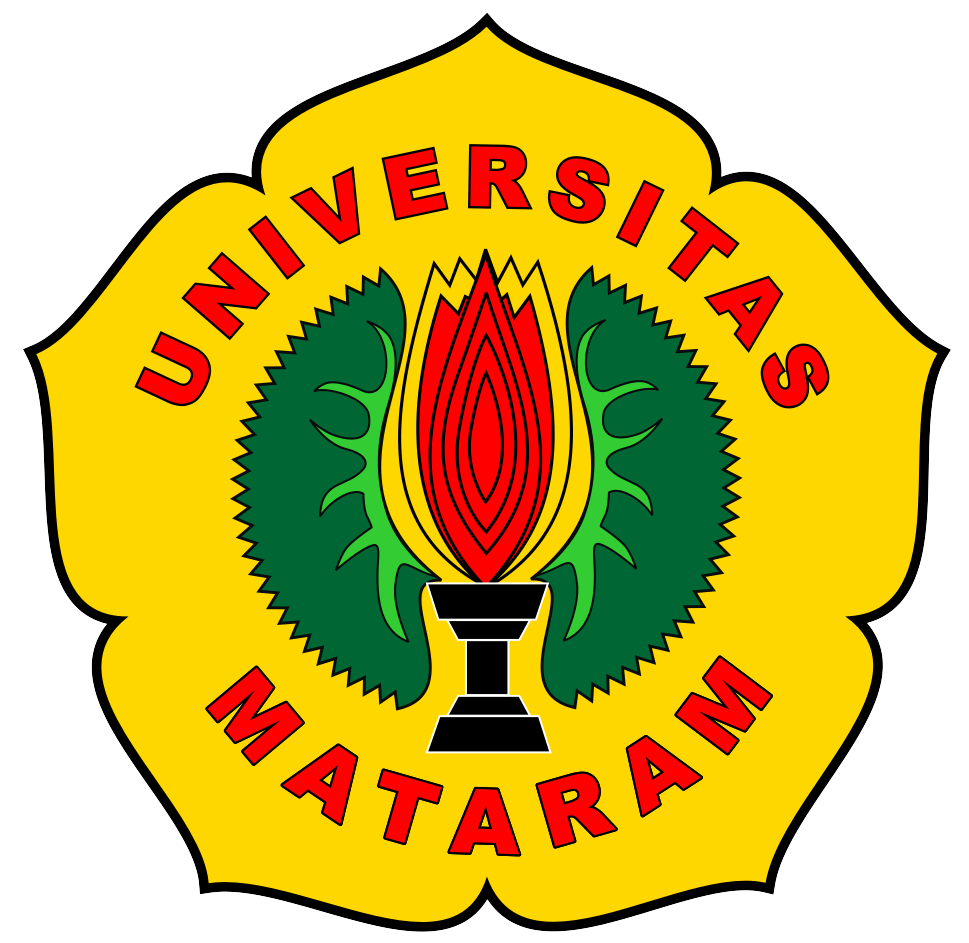The Potency of Curcuma domestica Val./Curcuma longa Linn. Active Compounds in Treating Hyperuricemia and Its Complications: A Literature Review
DOI:
https://doi.org/10.29303/jk.v13i3.5224Kata Kunci:
Curcumin, Curcuma longa Linn., Curcuma domestica Val., Hyperuricemia, Uric Acid, Traditional Medicine, CurcuminoidAbstrak
Background: Hyperuricemia is condition when the level of blood uric acid exceeds 6 mg/dL in women and 7 mg/dL in men. This can be caused by increase in uric acid production, decrease in uric acid excretion, or combination of both. Although often asymptomatic, hyperuricemia can lead to complications such as gout arthritis, gout nephropathy and kidney stones. It also exacerbates comorbidities like chronic kidney disease, cardiovascular disease and diabetes. Pharmacological treatments that are often used include disease-modifying antirheumatic drugs (DMARDs). However, DMARDs frequently cause side effects. Turmeric (Curcuma domestica Val./Curcuma longa Linn.) contains potential active compounds to be developed into new drugs for hyperuricemia.
Objective: This literature study aims to investigate potency of Curcuma domestica Val./Curcuma longa Linn. active compounds in treating hyperuricemia and its complications.
Method: This article is a literature review, using reference sources from previous research journals.
Results: Active compounds in turmeric, specifically curcumin, can lower uric acid levels through various mechanisms, including the reduction of urate transporter 1 (URAT1) and inhibition of xanthine oxidase (XOD) activity. Curcumin also inhibits NLRP3-dependent caspase1 activation, reduces IL-1B secretion and exhibits nephroprotective properties by modulating gut microbiota, which helps prevent progressive kidney damage in patients with hyperuricemia. Additionally, this research shows that other active compounds in turmeric have potency in treating hyperuricemia complications by targeting protein processing in the endoplasmic reticulum.
Conclusion: Turmeric contains various active compounds which are potential to treat hyperuricemia and its complications.
Keywords: Curcumin, Curcuma longa Linn., Curcuma domestica Val., Hyperuricemia, Uric Acid, Traditional Medicine, Curcuminoid
Unduhan
Diterbitkan
Terbitan
Bagian
Lisensi
Authors who publish with Unram Medical Journal, agree to the following terms:
- Authors retain copyright and grant the journal right of first publication with the work simultaneously licensed under a Creative Commons Attribution 4.0 International License (CC-BY License). This license allows authors to use all articles, data sets, graphics, and appendices in data mining applications, search engines, websites, blogs, and other platforms by providing an appropriate reference. The journal allows the author(s) to hold the copyright without restrictions and will retain publishing rights without restrictions.
- Authors are able to enter into separate, additional contractual arrangements for the non-exclusive distribution of the journal's published version of the work (e.g., post it to an institutional repository or publish it in a book), with an acknowledgment of its initial publication in University of Mataram's Journal of Medicine.
- Authors are permitted and encouraged to post their work online (e.g., in institutional repositories or on their website) prior to and during the submission process, as it can lead to productive exchanges, as well as earlier and greater citation of published work (See The Effect of Open Access).
- This journal is open access journal which means that all content is freely available without charge to users or / institution. Users are allowed to read, download, copy, distribute, print, search, or link to full text articles in this journal without asking prior permission from the publisher or author.







